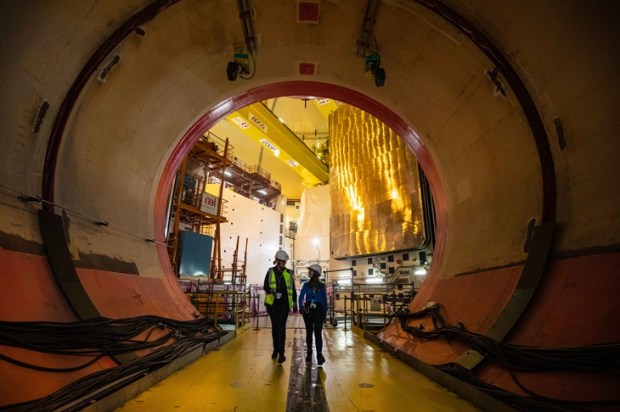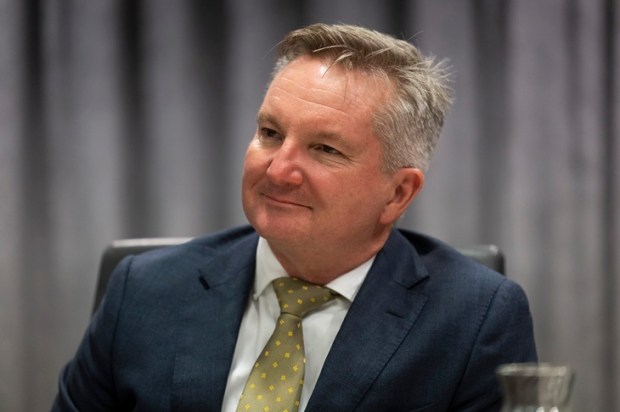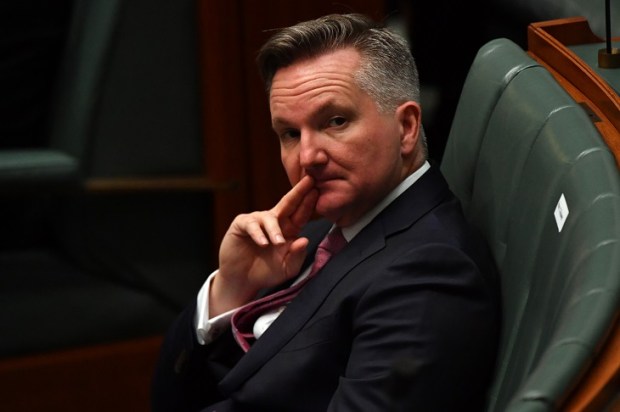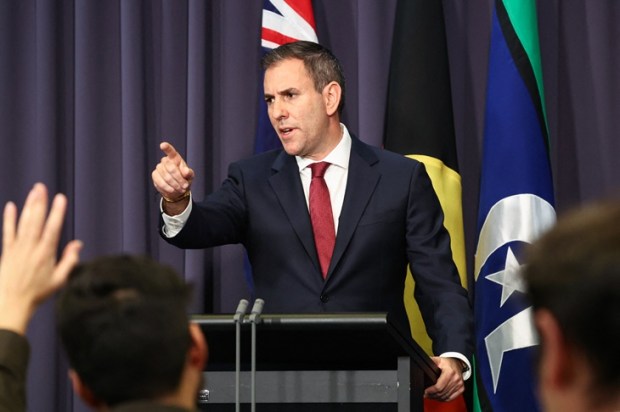Climate and Energy Minister Chris Bowen, who has proved a disappointment in every portfolio he has been gifted, has opted to triple down on his renewable energy push despite yet another energy price spike in the Australian market.
This is also despite the global case for nuclear energy being made time and time again, including by the radical-left in some countries.
Yet Australia has been plunged into a worsening economic and energy-deficient environment. One might wonder what it will take for the Prime Minister to intervene…
There is no secret that the Labor Party is a socialist party. This is stipulated clearly in its constitution. Be under no illusions about the party simply being a political alternative, it is a diametrically opposed ideology to that of the Liberal and National coalition and to any citizen who truly values the inherent rights, freedoms and privileges of a democratic system of governance in which representatives are charged to administer the will of the majority on any given issue.
Households in New South Wales are facing increases of up to 9 per cent, with small business customers experiencing hikes of up to 8.2 per cent, but the Minister seems to maintain that everything is just rosy and we’re right on schedule. In contradiction, there have been a number of admissions that Australia is not on track to reach its 82 per cent renewables target by 2030, without which, reaching Net Zero is a distant fantasy.
Australia would be required to build tens of thousands of wind turbines and solar panels per day to keep pace with Labor’ Net Zero commitment. We would need to build 62,000 km of transmission lines around the country to supply energy under a renewables grid.
The CSIRO admitted in its GenCost report, which underpins the federal government’s energy policy, that its claim that renewables are the cheapest form of energy does not fully consider the cost of the infrastructure, poles and wires, which are treated as ‘sunk costs’.
Communities are up in arms about Renewable Energy Zones (REZs) taking up swathes of agricultural land and Offshore Farms destroying coastal communities and posing a potential risk to marine life. Much of the renewable infrastructure is, in my view, a threat to native fauna, contributes to landfill, and lacks the ability to firm up reliable, baseload power when the wind isn’t blowing and the sun isn’t shining.
Renewable infrastructure poses sovereign risk by being almost overwhelmingly manufactured in China, including solar interconnectors which are vulnerable to being hacked.
Many developed nations are utilising low-emissions, reliable, and cheap nuclear energy. Why not Australia? The nation has some of the richest deposits of natural resources which should make it the most self-sufficient, low-cost, and attractive energy market in the world.
Australia contributes approximately 430 million metric tonnes of CO2 to global emissions annually, while the great ‘developing nation’ China, emits roughly 12 billion tonnes of CO2 and is not required to reach Net Zero until 2060.
Renewable infrastructure runs on precious metals and resources that involve extracting them out of the ground, even though they aren’t as abundant as say, natural gas, oil, and coal, and the methods by which they are extracted largely involve slave-like labour. Of course, the activists don’t appear to rank slavery as highly as the existential threat of climate change on the morality pyramid…
Minister Bowen attributes the rising energy costs to the unreliability of ageing coal-fired power stations.
How he has arrived at the conclusion that renewables offer more stable energy, boggles the mind, and as for the unreliability of coal, his commentary highlights just how integral coal must currently be to the grid if its unreliability is affecting the price as a result, one would assume, of dwindling energy supply amid continuing demand.
This is a government that has opted to move away from coal in its push for a renewables-only energy grid. This government promised 97 times that Australian energy bills would be better off by $275. In the end, they were forced to write a cheque to taxpayers in the form of an energy rebate that did very little to stave off the increasing pressures of the cost-of-living crisis that was being exacerbated by inflation as a direct result of the very poor fiscal behaviours the government was engaged in.
The call has been very clear. All forms of energy production should be on the table. This diverse offering allows for energy reliability, security, and market competition, resulting in better outcomes for consumers.
Nuclear power, despite its high initial investment, offers a consistent and low-emission energy source that could complement renewable technologies. It is also a technology that can be appropriated for utilisation with existing grid infrastructure, whilst renewable energy requires an entire overhaul.
In Victoria, some 40 per cent of the state’s agricultural land could be allocated as part of REZs. By contrast, the Coalition has outlined seven locations where nuclear plants could replace phased-out, ageing coal-fired power stations, providing additional job security and certainty for industrial mining towns around the country.
We mustn’t be naive, there are a lot of players in this new energy paradigm. There are new would-be energy titans pushing their agenda; seeking to stake their claim on the market away from traditional corporate entities. There are nation-states using energy as a weapon that places them in beneficial economic and geostrategic circumstances. There are also globalist ideologues and activists and philanthropists all pushing for utopias and new social orders that upend the status quo for their own gain and their own sense of self-importance. And then, there are floundering federal politicians and bloated bureaucratic departments attempting to curry favour with their electorates, their voters and their power-broker union masters.
Australia stands at a crossroads, and the decisions made today will determine the nation’s economic and energy future for generations to come.
The blind ideological pursuit of renewables at the exclusion of all other energy sources is not only reckless but economically ruinous. A pragmatic, technology-agnostic approach – one that embraces nuclear, gas, and coal alongside renewables – is the only path to energy security, affordability, and sustainability.
Yet, under the watch of Blackout Bowen, Australians are being subjected to spiralling costs, unreliable supply, and a government unwilling to acknowledge the flaws in its own plan. If this government refuses to course-correct, then Australians must be prepared to hold them to account at the ballot box – before the lights go out for good.

























